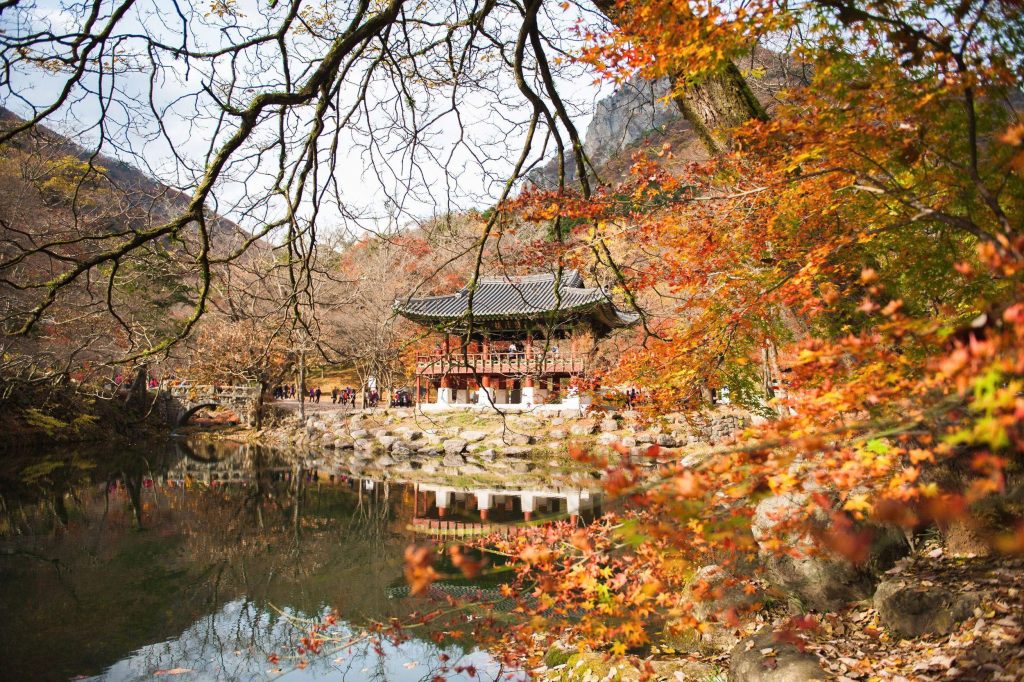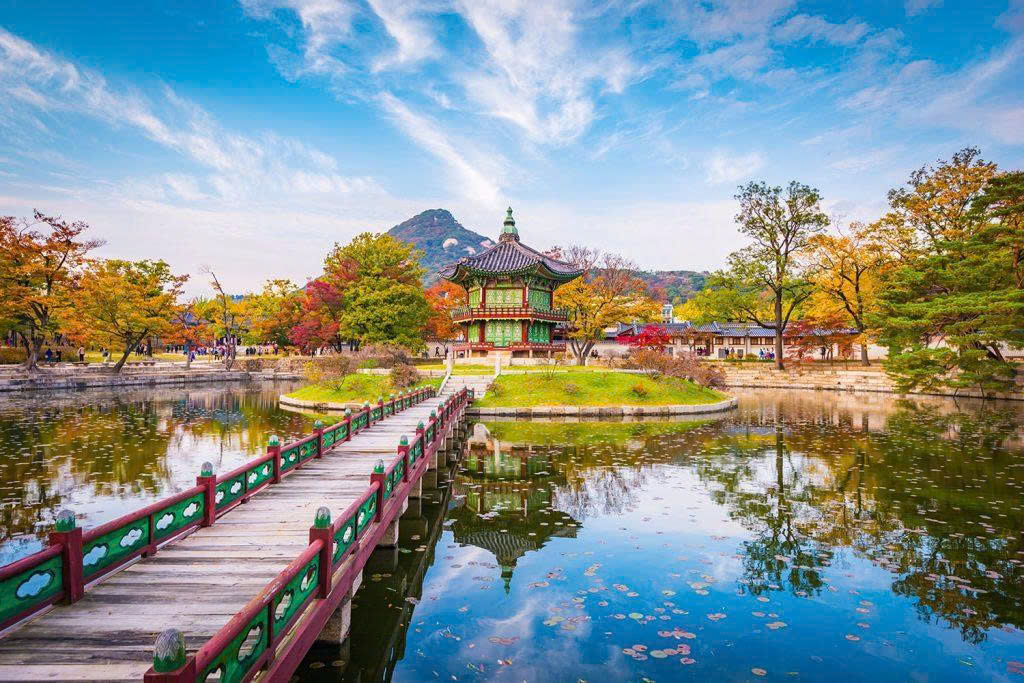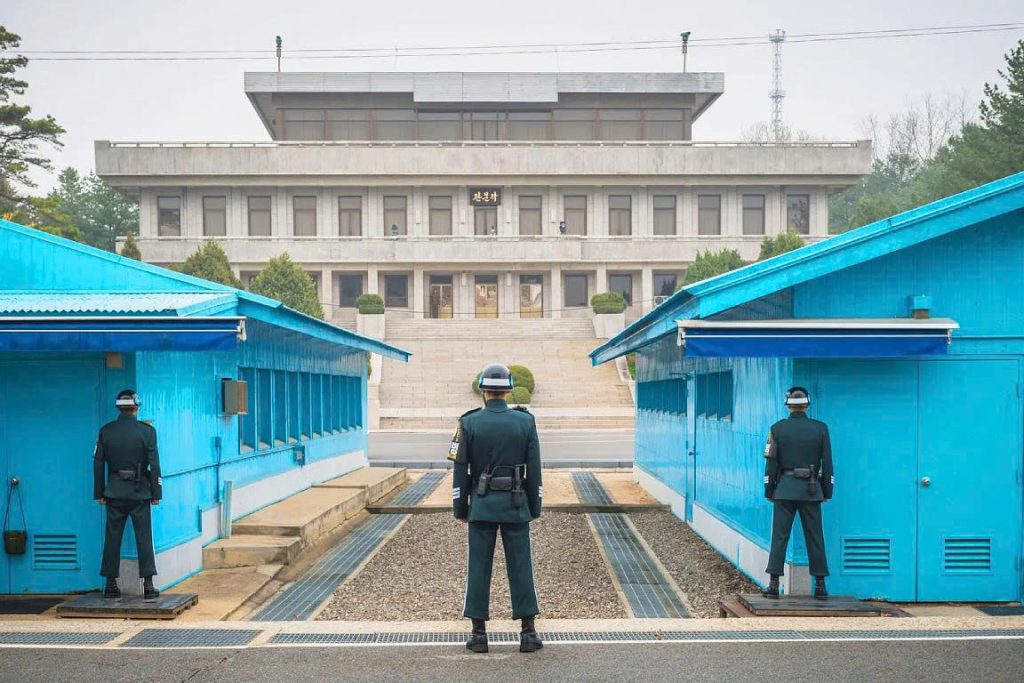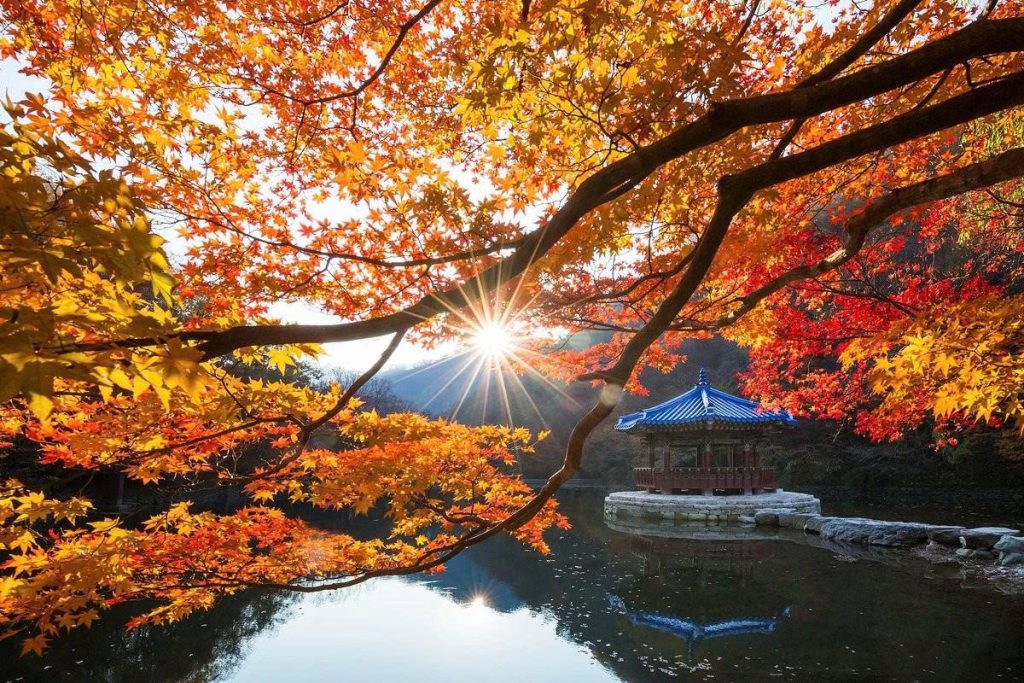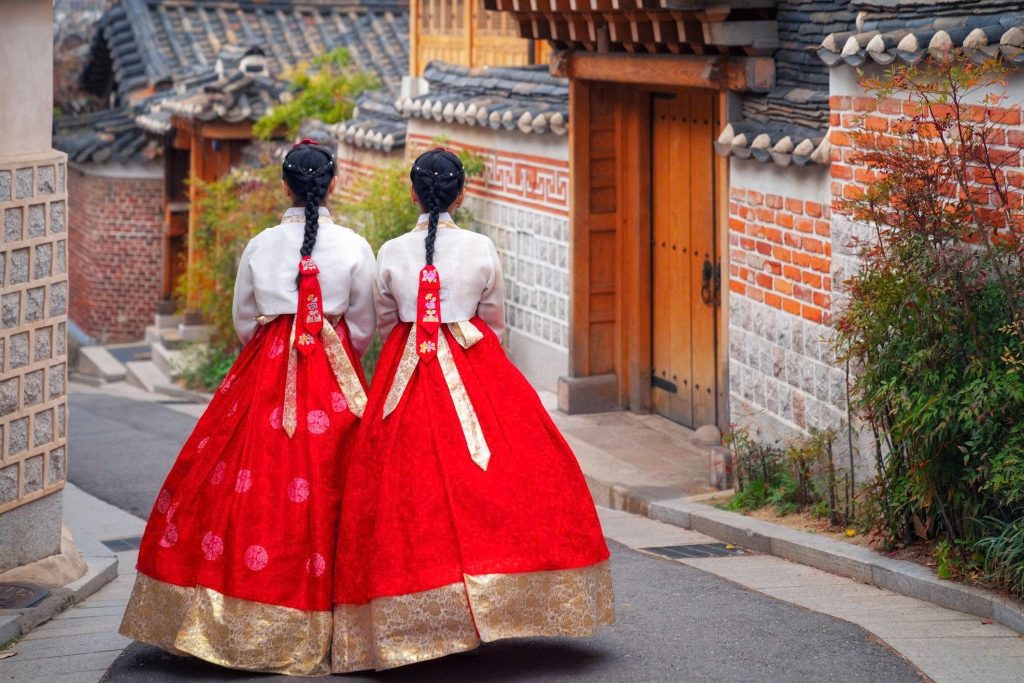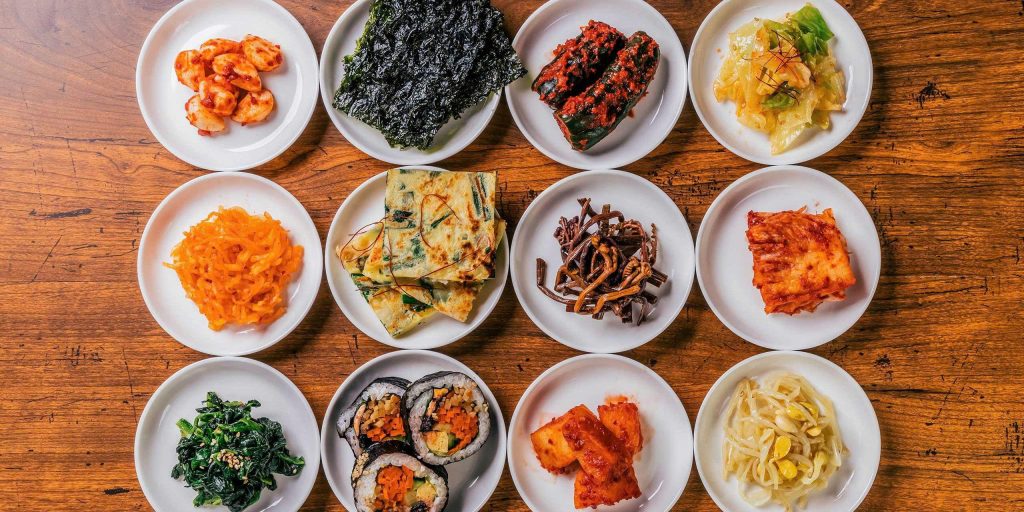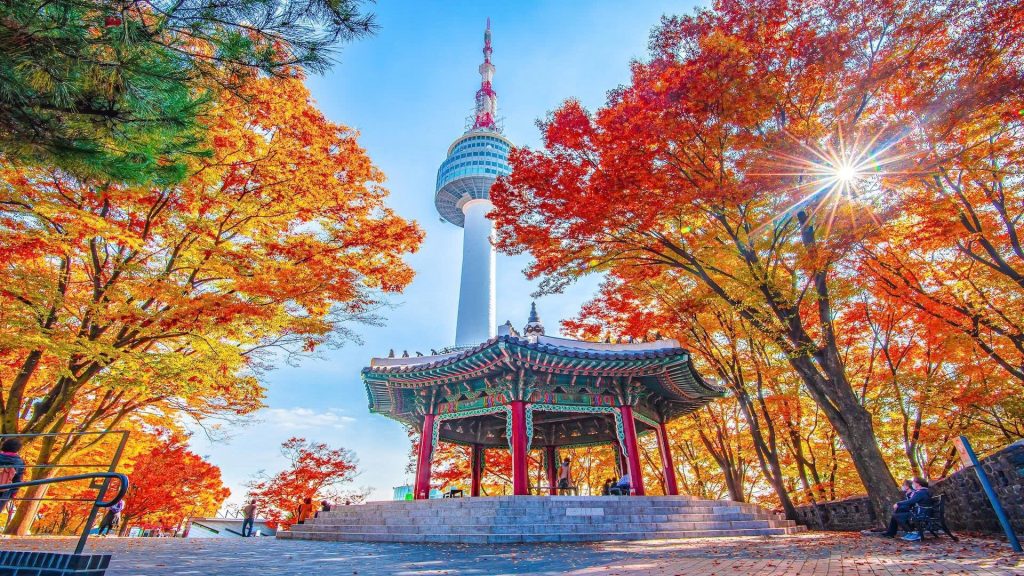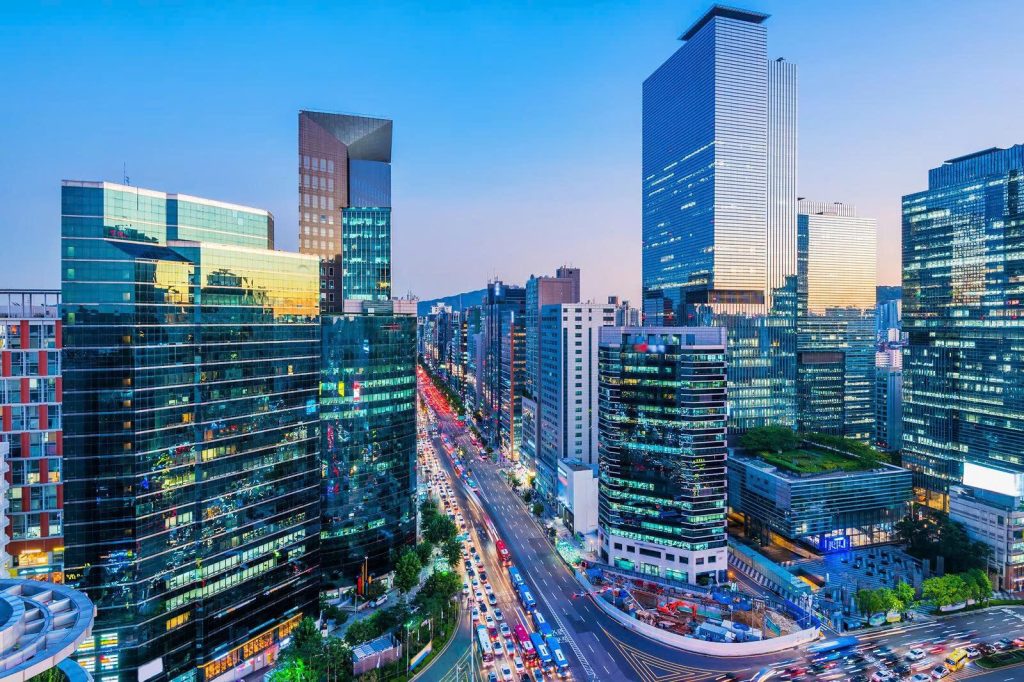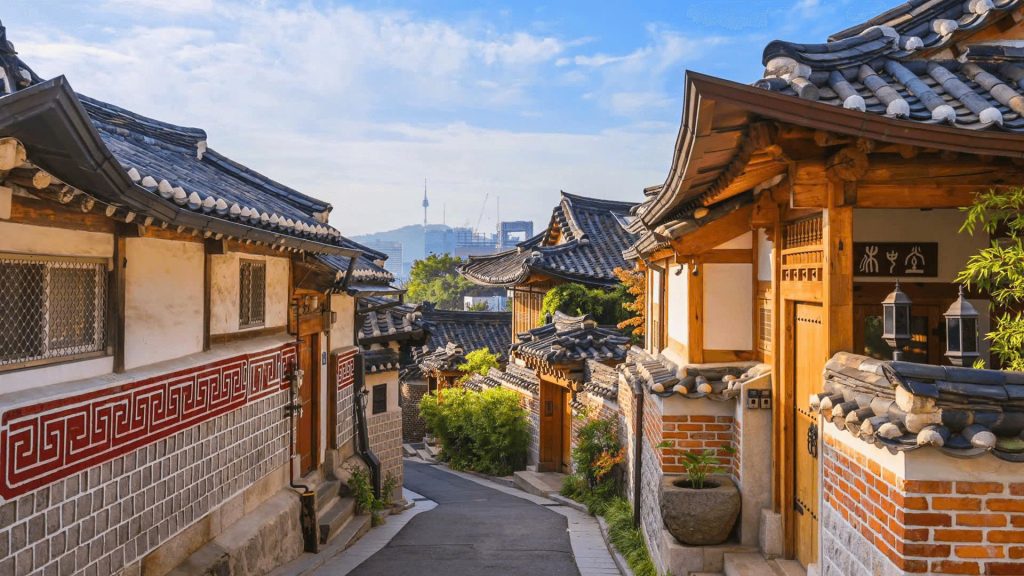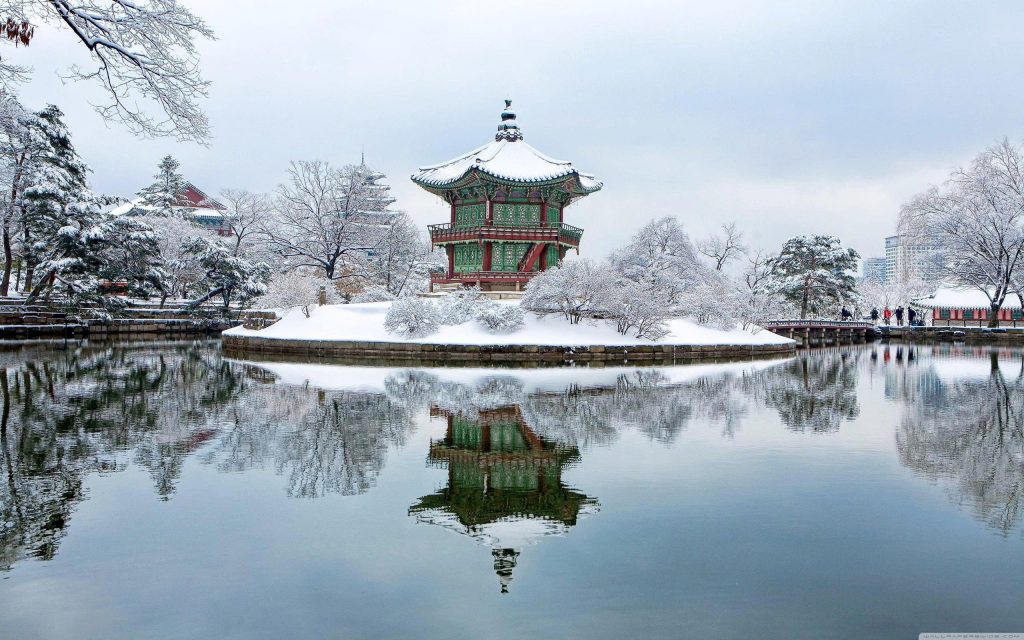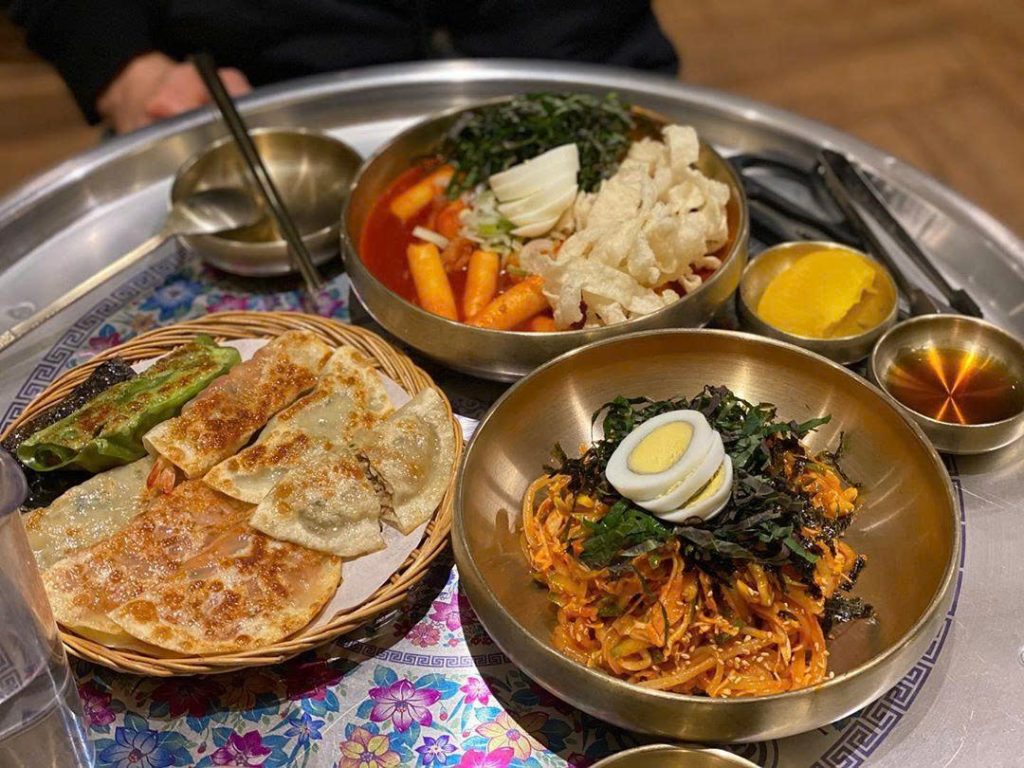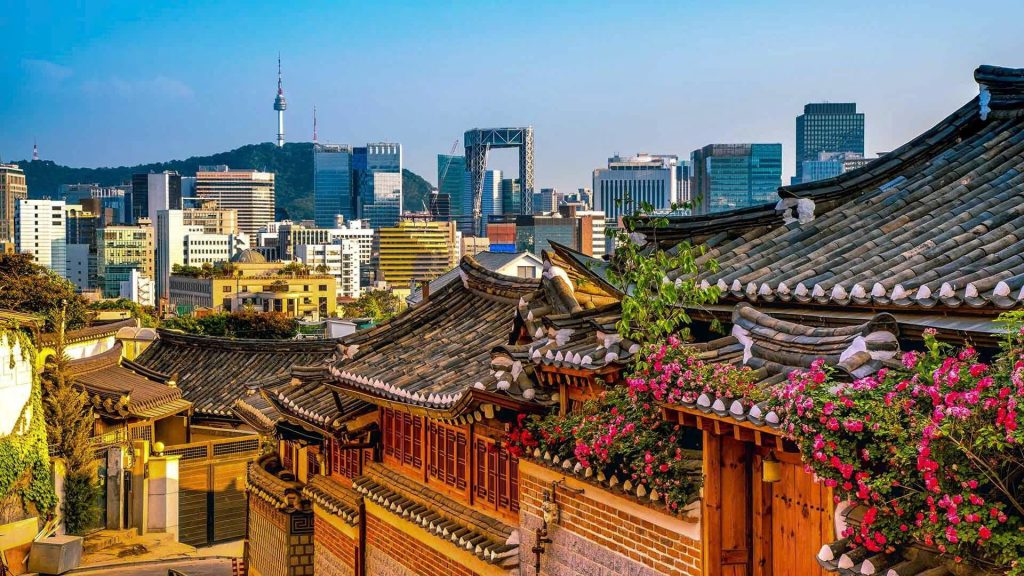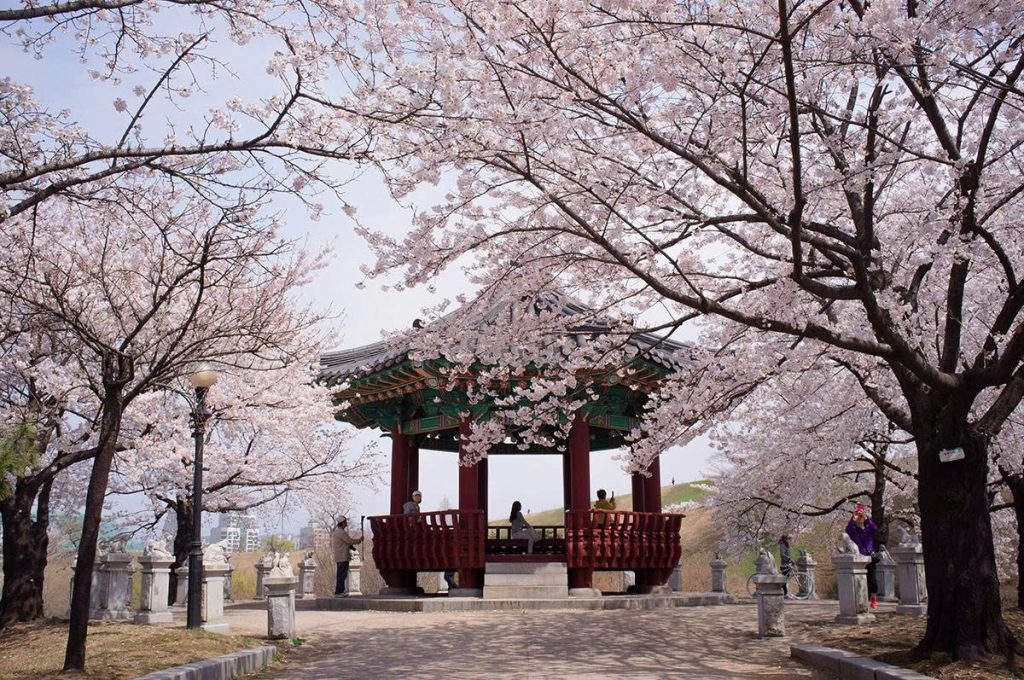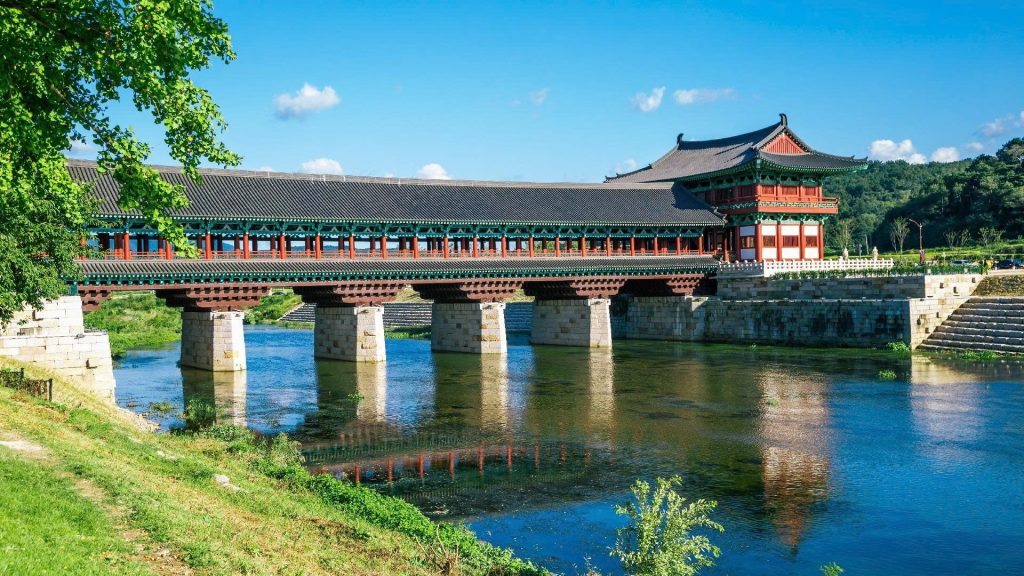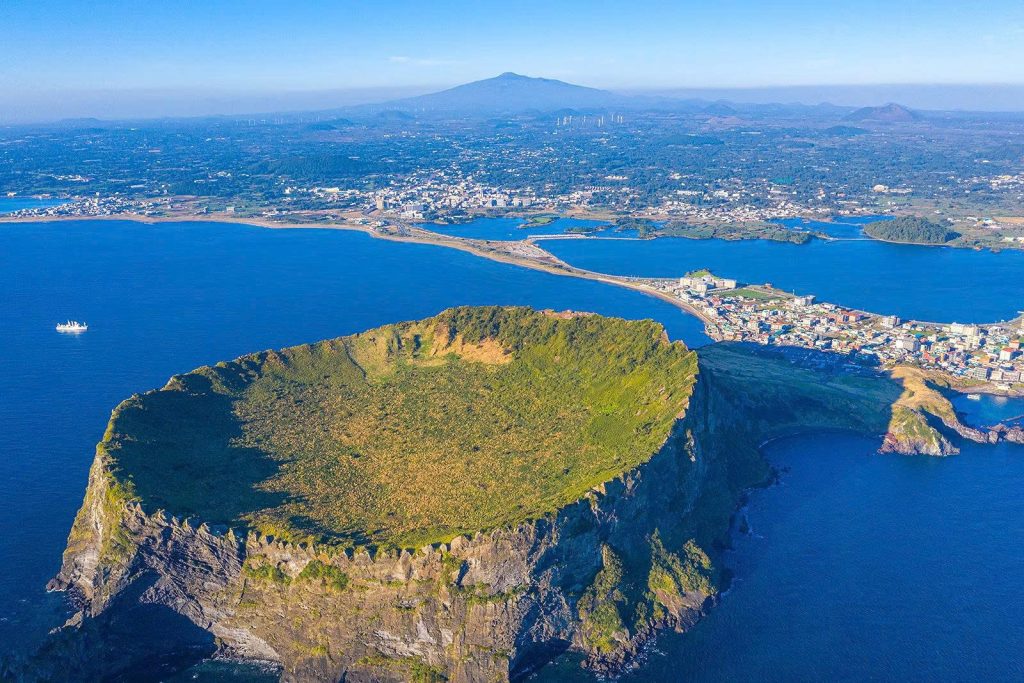South Korea is globally renowned for its hyper-modern cities, lightning-fast technology, and the global cultural wave of K-Pop. Yet, nestled deep within its rugged mountain ranges lies a profound, 1,700-year-old tradition that offers a radical antidote to the modern rush: the Korean Buddhist Temple.
For the traveler seeking more than just sightseeing—for the soul yearning for disconnection, reflection, and authentic cultural immersion—the Templestay program stands as one of the country’s most transformative experiences.
Established primarily to share Korean Buddhist culture with the world, Templestay is a unique cultural program that invites guests to live within a traditional Buddhist monastery for a short period, experiencing the simple, mindful, and disciplined daily life of a monk. Officially organized and managed by the Korean Buddhist Cultural Foundation (KBCF), it is a highly recognized and accredited form of cultural tourism.
1.Understanding the Korean Temple & Monastic Culture
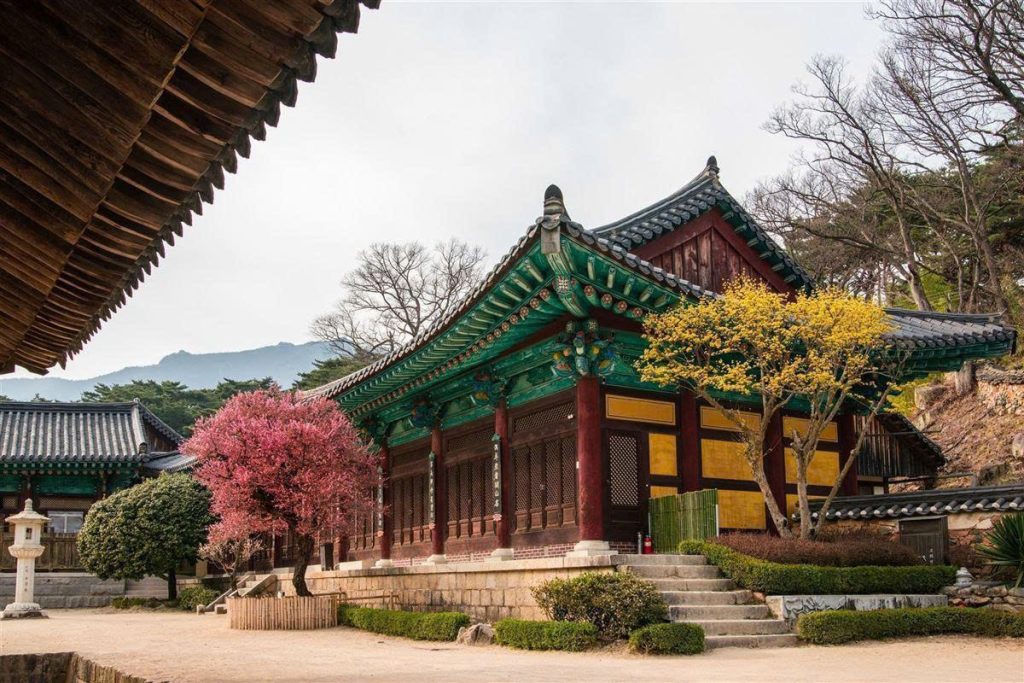
To truly appreciate the Templestay, one must first understand the environment and tradition that hosts it.
The Historical and Spiritual Roots of Sansa
The majority of Korea’s most important monasteries are referred to as Sansa—Buddhist Mountain Monasteries. Historically, these locations were chosen not only for their natural beauty but also for their remoteness, ideal for deep meditation and protection during times of conflict.
- UNESCO World Heritage Sansa: The ultimate symbols of Korean Buddhist heritage are the seven designated UNESCO World Heritage Mountain Monasteries. These include:
- Tongdosa (The Temple of the Buddha’s Essential Garment).
- Haeinsa (Home to the Tripitaka Koreana woodblocks).
- Beopjusa (Known for its massive Maitreya statue).
- Magoksa, Seonamsa, Buseoksa, and Daeheungsa. Visiting or staying at these sites offers a direct connection to Korea’s spiritual past, reinforcing the program’s Authoritativeness as a historical experience.
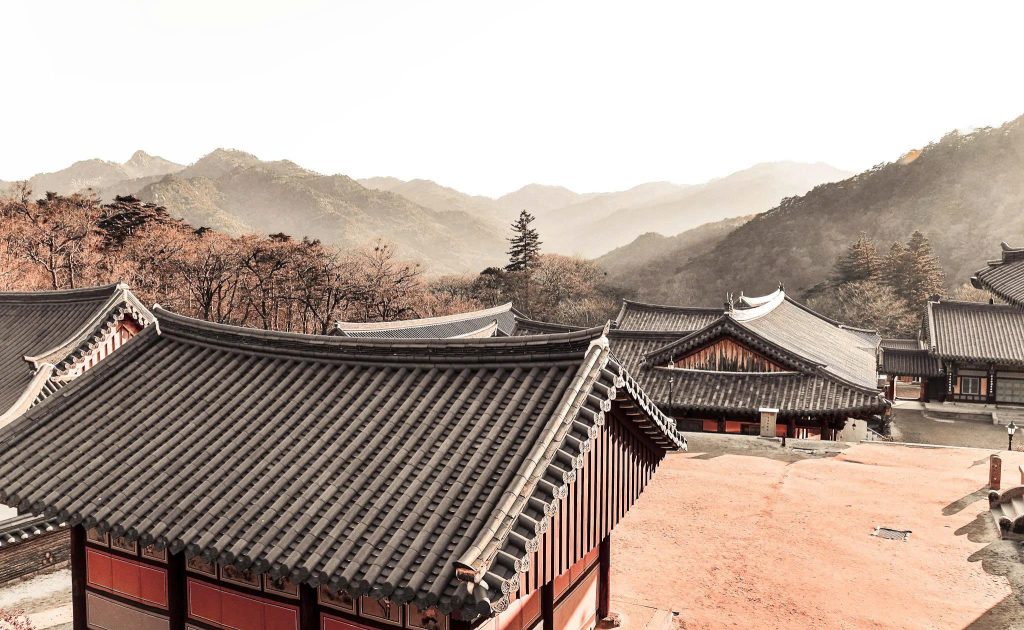
- Architectural and Symbolic Significance: Korean temples are laid out symbolically, preparing the visitor for enlightenment.
- Iljumun (One Pillar Gate): This first gate marks the beginning of the path to the Buddha’s world. Its single-line construction symbolizes the pursuit of truth through a single focus of mind.
- Cheonwangmun (Gate of the Four Heavenly Kings): Guards against evil spirits, reminding the visitor to leave all worldly desires and attachments behind before entering the sacred space.
Core Philosophy and Program Design
The prevailing tradition in Korean Buddhism is the Jogye Order, which places strong emphasis on Seon (Zen) Meditation. The Templestay programs are designed around this Seon tradition, encouraging self-reflection and the practice of mindfulness.
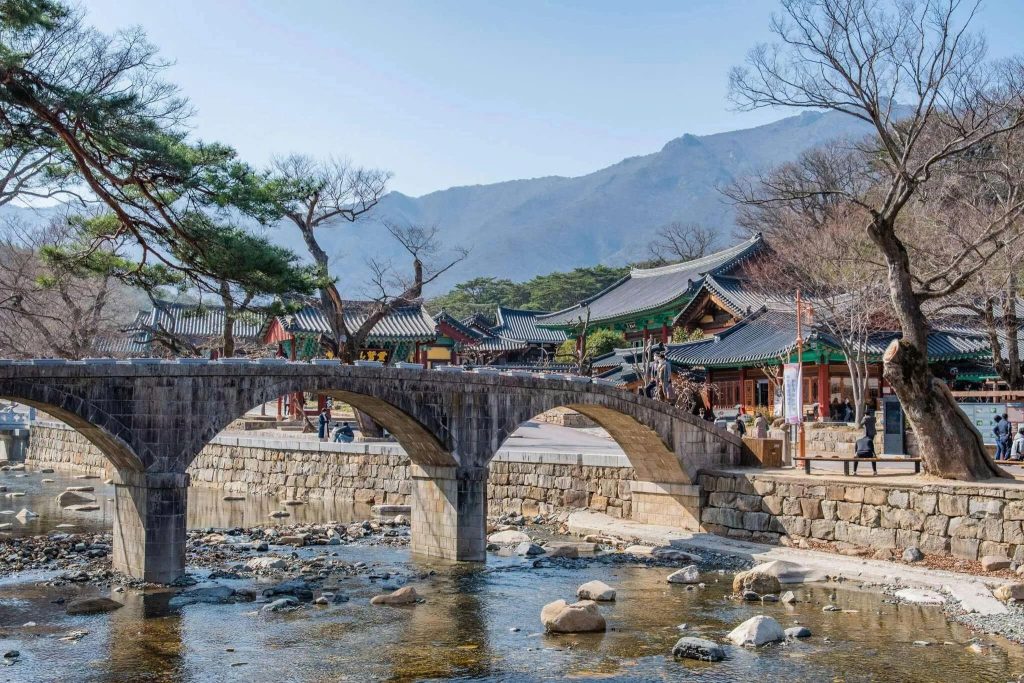
- What Templestay is NOT: It is crucial to set expectations. Templestay is a structured program focused on discipline, not a hotel or a relaxing spa weekend. While it offers a break, the main focus is on participation and adherence to monastic rules. You do not need to be Buddhist, but you must be respectful and follow the schedule.
- The Two Main Program Types: The KBCF offers standardized programs, catering to different visitor needs:
- This is the full immersion. Expect rigorous participation in all activities, including morning services, chanting, the 108 prostrations, and mandatory communal work (Ulyeok). This is highly recommended for those seeking a challenging and authentic experience.
- This option offers a more flexible schedule. While morning and evening services are typically suggested, guests have significantly more free time for personal reflection, meditation, hiking in the surrounding mountains, or reading. This is ideal for those seeking a tranquil, non-demanding retreat.
2. The Monastic Daily Life: Activities and Etiquette
The Templestay experience is defined by its rigorous, yet rewarding, daily rhythm. Punctuality and mindfulness are the absolute keys to a successful stay.
A Day in the Life: The Core Schedule
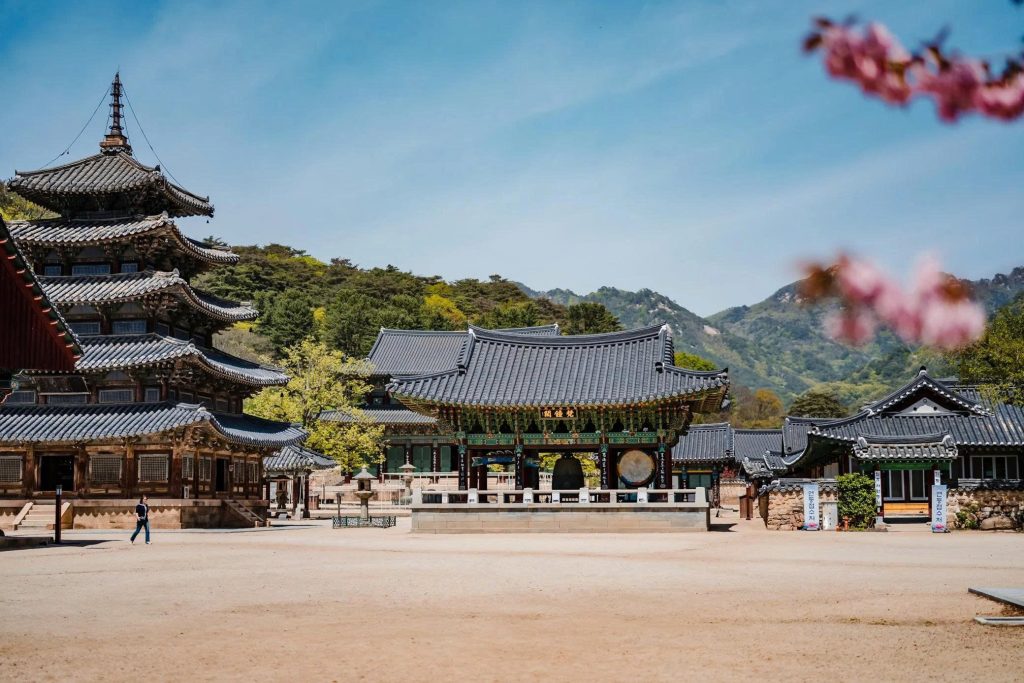
Life in the temple operates on the monks’ schedule, meaning early to bed and extremely early to rise.
- The Early Morning Routine (03:00 – 04:00 AM):
- Waking up before dawn is mandatory. The day begins with Yebul, the formal service of chanting and bowing dedicated to the Buddha. This often starts with the dramatic, symbolic playing of the Dharma Instruments.
- These four instruments symbolize the monks’ desire to awaken all sentient beings: the Dharma Drum (Beopgo) for animals, the Great Bell (Beomjong) for those in hell, the Wooden Fish (Mogeo) for aquatic life, and the Cloud Plate (Unpan) for creatures in the sky.
Essential Practices of Mindfulness
The primary function of Templestay is to introduce the concept of mindfulness through formalized practices.
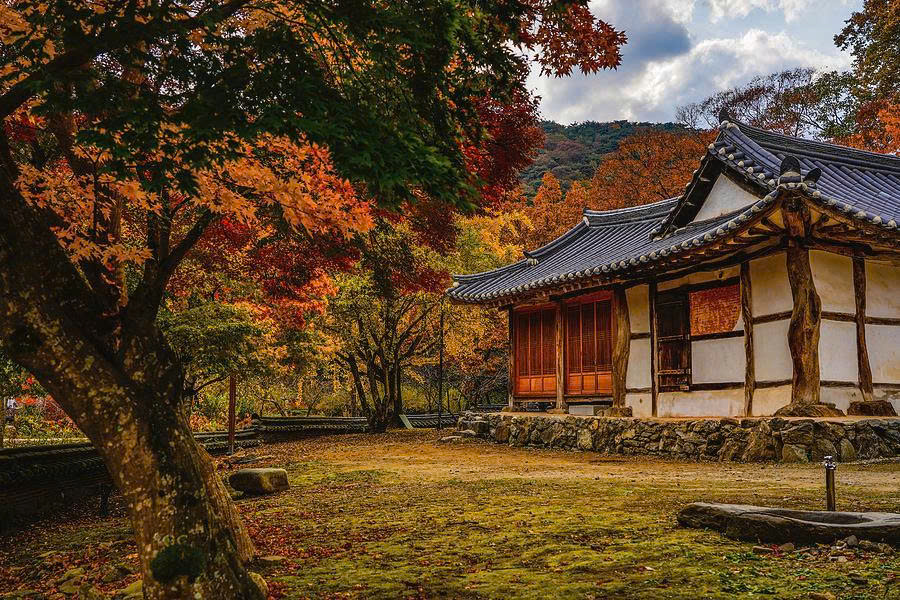
- Guests are guided in seated meditation (Jwaseon), learning to observe their breath and clear the “monkey mind.” This is often followed by Haengseon (Walking Meditation), where participants maintain stillness of mind while walking slowly through the temple grounds.
- This is perhaps the most physically and mentally challenging activity. The 108 bows are performed with careful focus, symbolizing the bowing away of the 108 Kinds of Afflictions (Kleshas) inherent in human life. Many temples offer a simpler version, but the deep spiritual meaning remains.
- Temple meals are a profound lesson in minimalism and gratitude.
- The Discipline of the Meal: Known as Balwoo Gongyang, the ritualistic meal is eaten in total silence, using the traditional four-bowl set. Guests must practice “No Waste”—you are expected to take only what you can eat, and then use the last drops of water and a piece of kimchi to wipe your bowls clean before drinking the “dirty” water. The food is strictly vegetarian/vegan and prepared without the Oshinchae (five pungent vegetables: garlic, chives, scallions, onions, and leeks).
Temple Etiquette and Rules: Demonstrating Respect
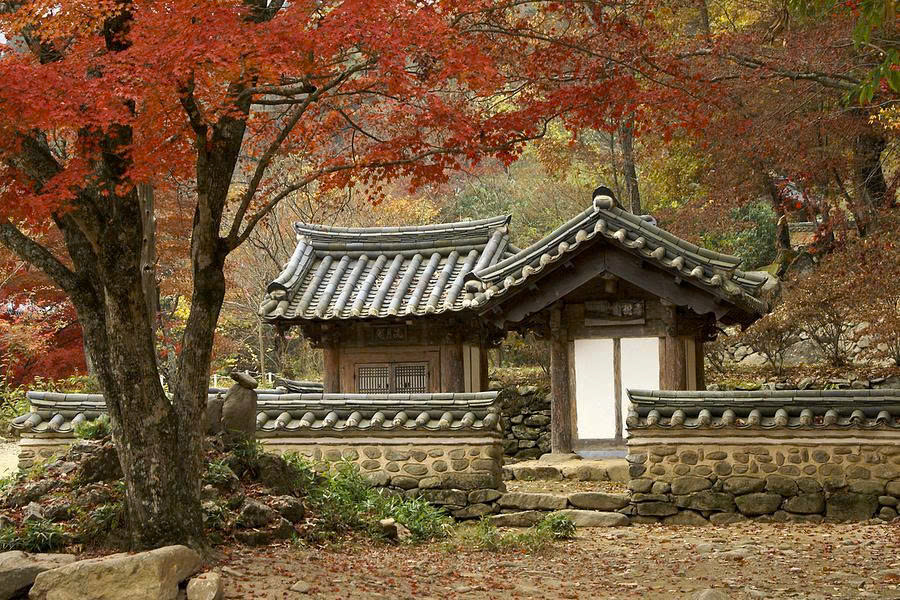
- Essential Conduct (Manners Matter):
- Silence is expected in accommodation areas and absolutely mandatory during services and meals.
- No smoking, no drinking alcohol, and no loud or disruptive behavior anywhere on the temple grounds.
- Do not enter the private living quarters of the monks. When walking in the halls, avoid the center path, which is reserved for the monk or the Buddha.
- Dress Code and Respect for Monastics:
- You will be provided with a Templestay uniform (a simple vest and pants) which should be worn at all times. Always cover your shoulders and knees.
- Address the monks and nuns as “Sunim”. When greeting them, use the proper bowing gesture, Hapjang (palms together in front of the chest). Always bow before speaking and when departing.
3. Planning Your Perfect Templestay
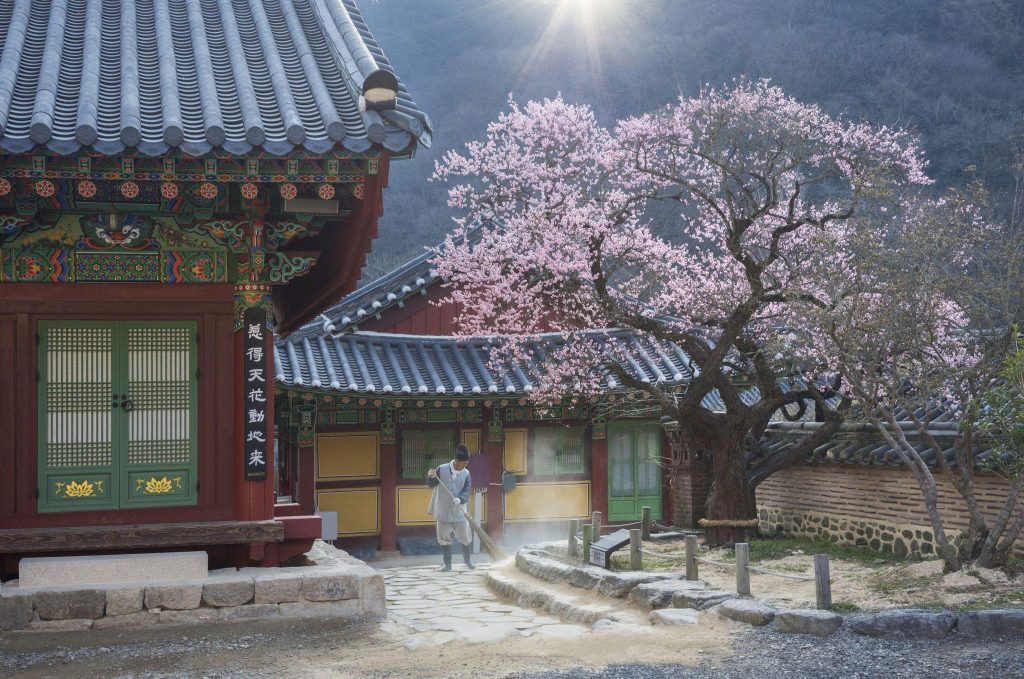
The logistical planning is critical for a smooth experience.
Step-by-Step Booking Guide
The first rule of booking Templestay is to use the correct source.
- All reputable bookings must be made through the official website: Templestay.com. This is the authoritative source for programs, availability, and pricing. Avoid third-party vendors for the actual booking to ensure accuracy and fair pricing set by the KBCF.
- Selecting the Right Program:
- Most travelers opt for the 2-Day, 1-Night program, which offers a perfect balance of immersion without being overly exhausting. Longer stays (up to a week) are available for those seeking deeper retreat.
- Prioritize your goal: Culture/History, Seclusion, or Accessibility. Be mindful that many temples are high in the mountains and require significant effort to reach.
Recommended Temples for Foreign Visitors
Your choice of temple will fundamentally shape your experience.
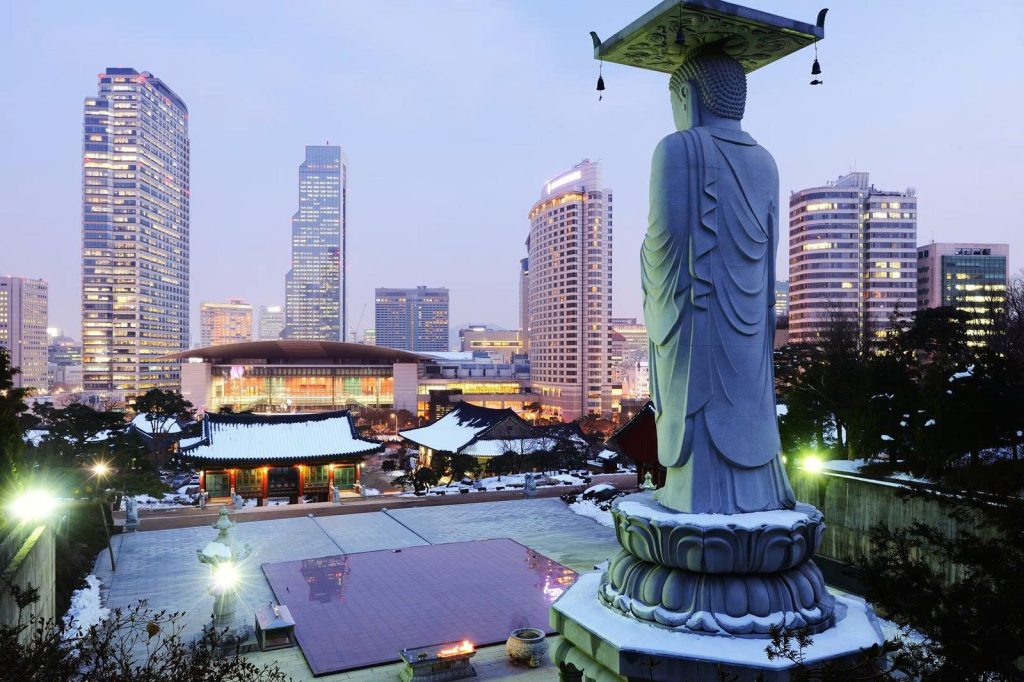
- Best for Accessibility:
- Bongeunsa Temple (Gangnam, Seoul): Perfect for first-timers. It offers an urban sanctuary feel, excellent English support, and easy access via the Seoul subway, minimizing travel stress.
- Myogaksa Temple (Jongno-gu, Seoul): Another accessible option within the city, known for its warm welcome and detailed instruction in English.
- Best for Deep Cultural Immersion & Seclusion:
- Haeinsa Temple (Gaya Mountain National Park): A UNESCO site, home of the Tripitaka Koreana. A more demanding, yet profoundly historic, experience.
- Beopjusa Temple (Songnisan National Park): Known for its magnificent grounds and the colossal bronze Maitreya statue. Offers seclusion amidst beautiful natural scenery.
- Best for Unique Experiences:
- Golgulsa Temple (Gyeongju): Famous for incorporating the traditional Buddhist martial art Sunmudo into its program, appealing to those seeking a physical challenge.
- Baekyangsa Temple (Jangseong): Located near the famous chef Jeong Kwan Sunim (featured on Netflix’s Chef’s Table), often focusing on the principles and philosophy of Korean Temple Food.
Practical Checklist: What to Pack
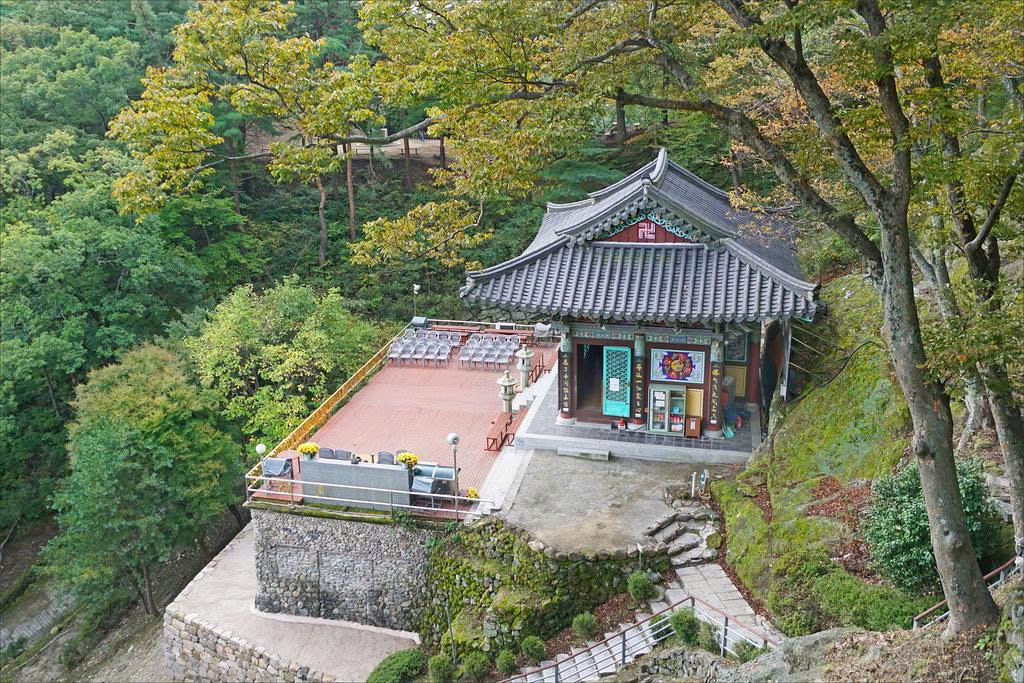
Since accommodation is simple and amenities minimal, packing strategically is key.
- Mandatory Items:
- Easy Slip-On Shoes: Crucial! You will take your shoes on and off dozens of times a day when entering any hall or building.
- Warm Layers: Mountain monasteries can be surprisingly cold, even in summer. Bring extra sweaters or fleeces to wear beneath your temple uniform.
- Thick Socks: For comfort and warmth while walking inside on the traditional Ondol (heated floor) or cold floors.
- Comfort and Wellness:
- Earplugs and Eye Mask: Accommodations are often communal or semi-private, and the waking time is extremely early.
- Basic Toiletries: Soap, shampoo, and towels are typically not provided or are very basic. Bring your own.
- Embracing the Digital Detox: While not strictly forbidden, minimizing phone use is strongly encouraged. Bring a journal and a pen instead—the free time is best spent on reflection.
Beyond the Stay: Integrating Temple Philosophy into Modern Life
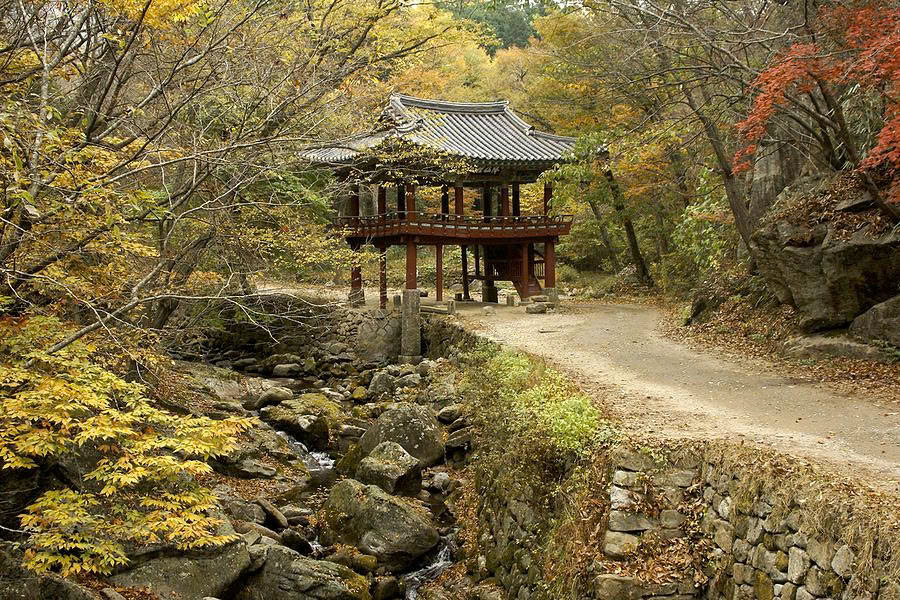
The Templestay is not just a vacation; it is a brief, intense exposure to a timeless way of life. The true value lies in how you integrate the lessons upon your return.
- The Lesson of Gratitude (Balwoo Gongyang): The practice of clearing your bowl teaches a powerful lesson about consumption and waste—a highly relevant message in the modern world.
- Finding Stillness (Seon Meditation): The ability to sit quietly, even for a few minutes a day, is the ultimate take-away. The program provides the initial Experience and Expertise; maintaining the practice is your continuing journey.
- Valuing Community (Ulyeok): The mandatory communal work, however simple, reinforces the idea of living harmoniously and contributing selflessly to the group.
RELATED: South Korea Culture Guide: Etiquette, History, and Tips
A Korean Templestay is more than just a trip; it is an invitation to step into a profound and tranquil rhythm of life, away from the clamor of the modern world. Set amidst majestic mountains, these temples offer a unique opportunity to find serenity through meditation, ancient rituals, and an authentic Buddhist cultural experience.
Whether you seek calm, wish to explore Korean heritage, or simply need a space to recharge and reconnect with yourself, a Templestay is a truly transformative journey. Take the leap and discover the peace and clarity that await you in the sacred mountains of Korea.

